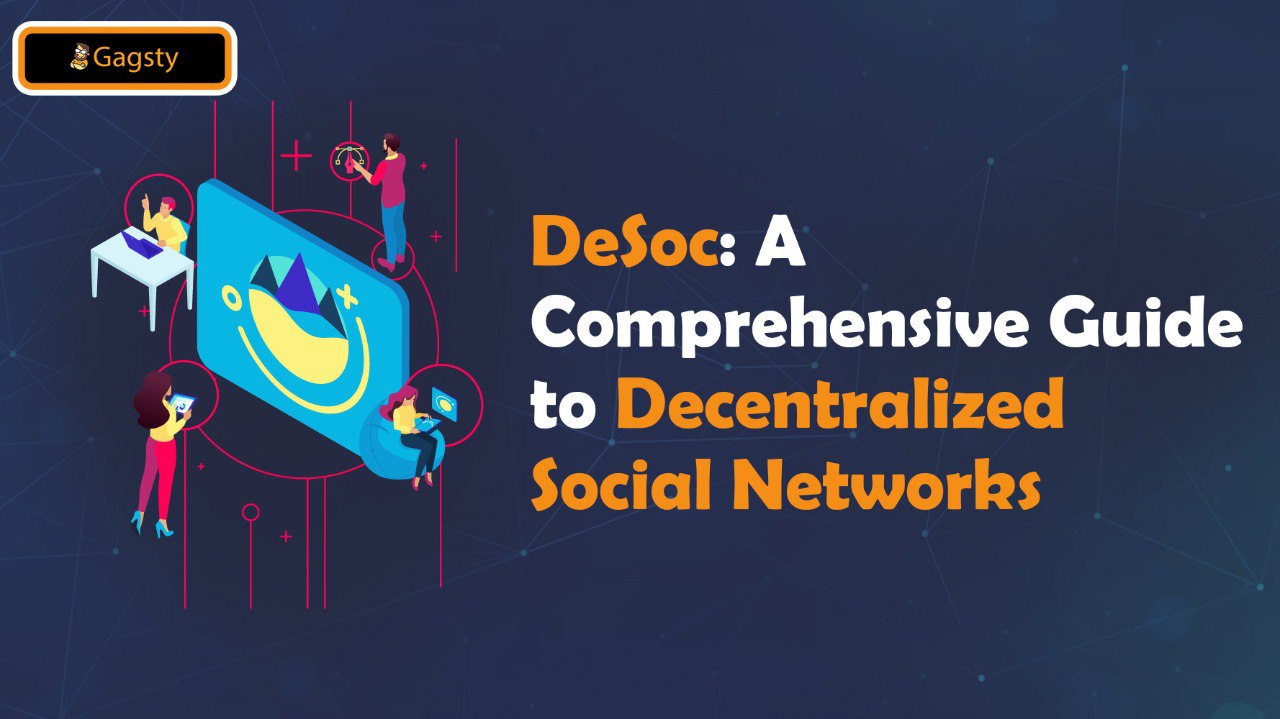
Social networks have become a part of our daily lives, but they are largely centralized and are susceptible to issues such as data breaches, censorship, and manipulation. In contrast, decentralized social networks (DeSoc) allow users to connect with each other directly, without the need for intermediaries, providing a higher level of security, privacy, and freedom of expression. In this tutorial, we will take a deep dive into DeSoc and explore how it works, the benefits it provides, and the challenges it faces.
What is DeSoc?

DeSoc is a social network that operates on a decentralized architecture, which means that there is no single entity controlling it. Instead, it is built on a peer-to-peer network that allows users to connect with each other directly. This architecture makes it possible for users to communicate, share information, and collaborate with each other without relying on a central authority or intermediary.
How does DeSoc work?
DeSoc operates on a distributed ledger technology, which is a shared database that allows users to maintain a record of transactions and interactions. Each user has a copy of the ledger, which is updated in real-time as new transactions occur. This ensures that the network remains transparent, secure, and immutable.

DeSoc is powered by blockchain technology, which is a decentralized ledger that stores data in a series of blocks, each of which contains a cryptographic hash of the previous block. This creates a chain of blocks that is secure and immutable, making it difficult for anyone to tamper with or alter the data.
DeSoc also uses smart contracts, which are self-executing contracts that contain the terms and conditions of an agreement between two parties. Smart contracts are executed automatically when the conditions of the contract are met, ensuring that transactions are secure, transparent, and irreversible.
Benefits of DeSoc:

- Security: DeSoc is more secure than centralized social networks because it operates on a decentralized architecture that is resistant to attacks and data breaches.
- Privacy: DeSoc provides a higher level of privacy than centralized social networks because users control their data and can choose who they share it with.
- Freedom of expression: DeSoc allows users to express their opinions and ideas freely without fear of censorship or reprisal.
- Interoperability: DeSoc is interoperable with other decentralized applications, which means that users can share data and interact with other applications seamlessly.
Challenges of DeSoc:

- User adoption: DeSoc is still in its early stages of development, and user adoption is low compared to centralized social networks.
- Scalability: DeSoc faces challenges in scaling to accommodate large numbers of users, which is necessary for it to be widely adopted.
- User experience: DeSoc can be difficult to use and navigate, which can deter users from adopting it.
- Regulation: DeSoc operates in a regulatory gray area, which can make it difficult to attract investors and grow the ecosystem.
Conclusion:
DeSoc is a promising technology that has the potential to transform social networking as we know it. Its decentralized architecture provides a higher level of security, privacy, and freedom of expression than centralized social networks. However, it still faces challenges in user adoption, scalability, user experience, and regulation. As the technology matures and more users adopt it, we can expect to see DeSoc become a viable alternative to centralized social networks.
Leave a Reply